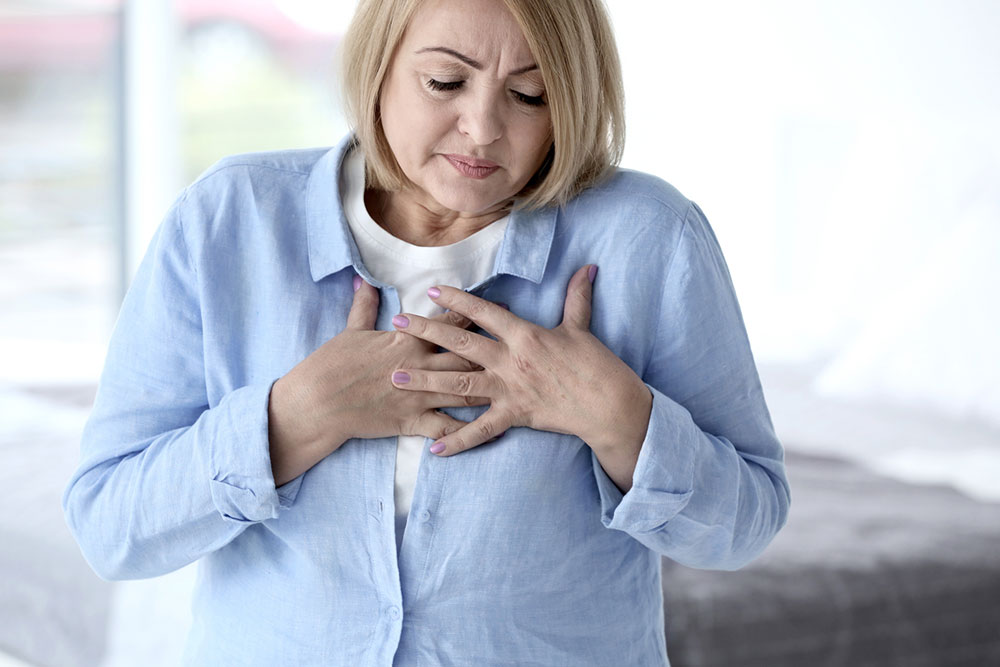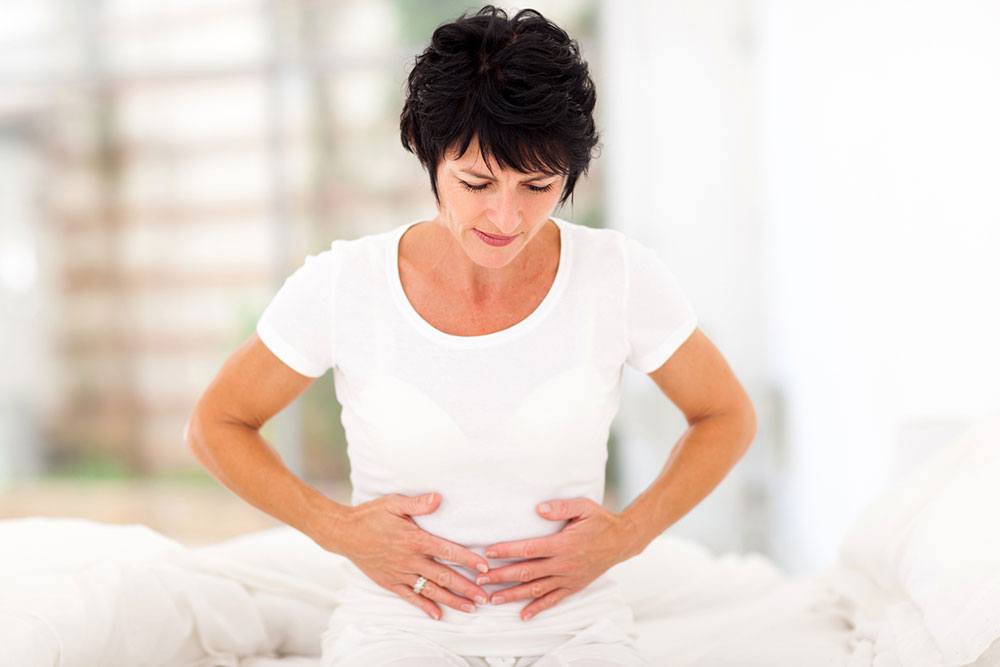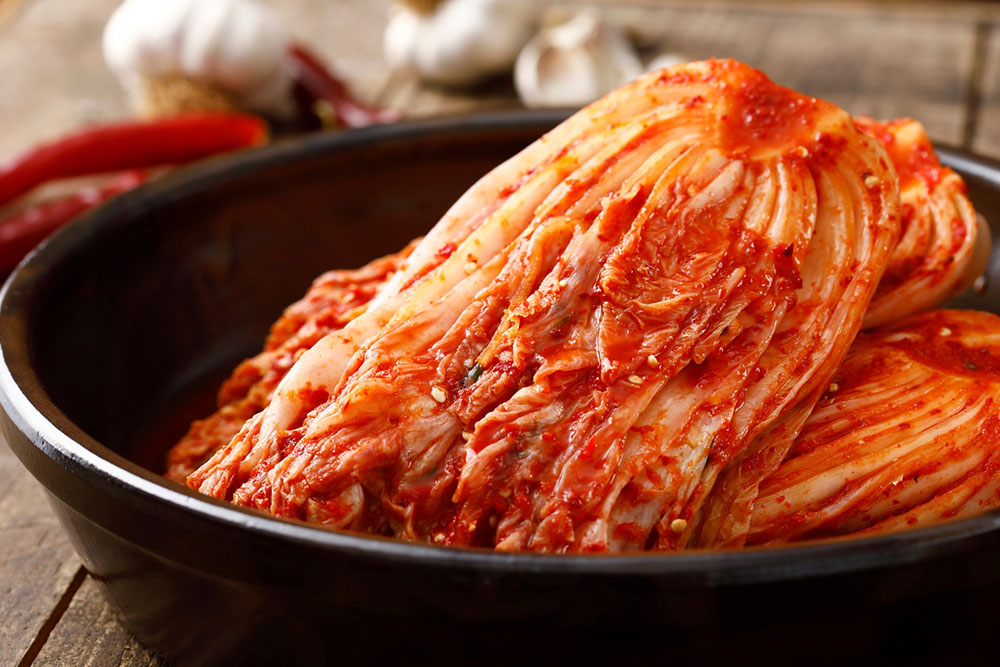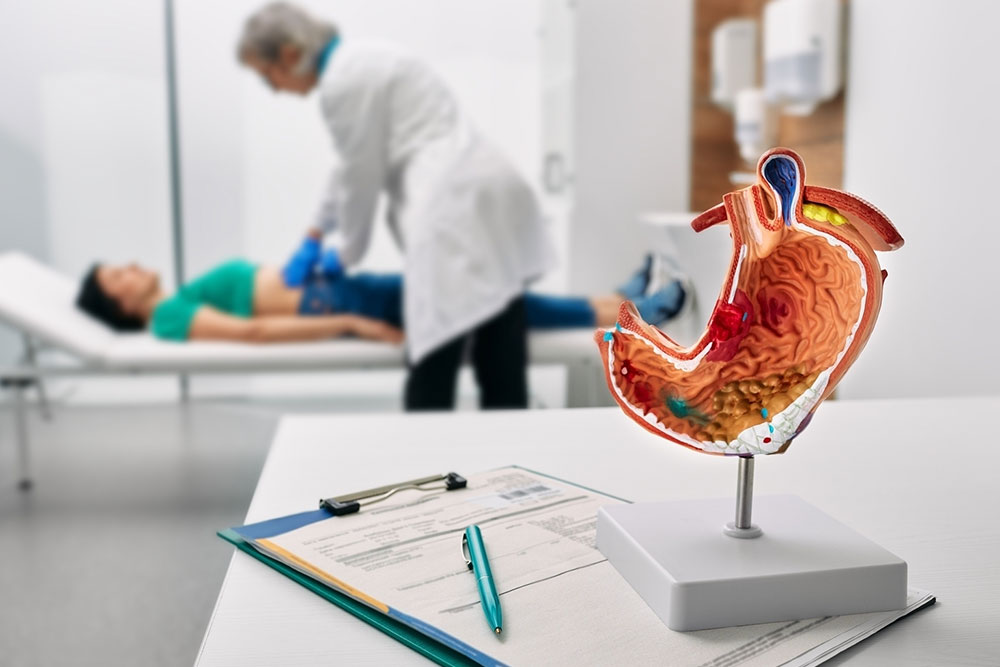10 early warning signs of a heart attack
Heart attacks typically occur when there is a blockage in one or more of the coronary arteries, which supply blood to the heart muscle. This blockage can result from plaque buildup in the arteries, causing reduced blood flow to the heart. If the blood flow is severely restricted or completely blocked, it can lead to damage to or death of the heart muscle. Here are the common early signs of a heart attack: 1. Chest pain Also called angina, chest pain is a common early sign that indicates a clogged artery. The pain might feel like a tightness in the chest area, squeezing, or a sensation of pressure and general discomfort. People may also complain of the sensation of burning or pinching. The pain may last for a few minutes. Other reasons for chest pain may include acid reflux, muscle strain, or injury. If one experiences the pain for a few seconds, primarily upon touching a particular area around the chest, it is most likely not a result of a heart attack. Alternatively, one may not experience chest pain but still have blockages. So, it’s important to consult a health professional and check one’s heart health periodically. 2. Stinging sensation One may also experience pain, certain discomfort, or a stinging sensation in different body parts.
Read More 









